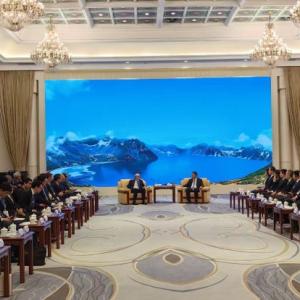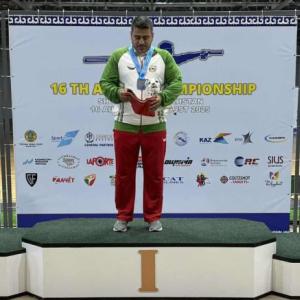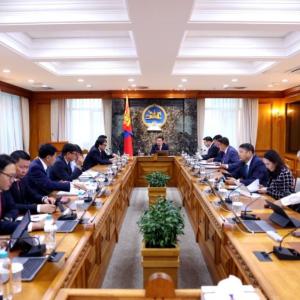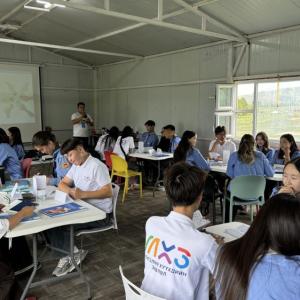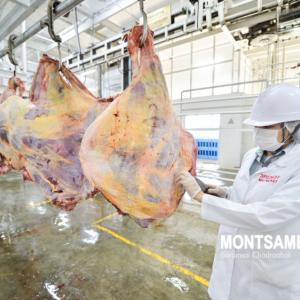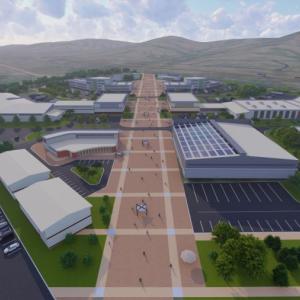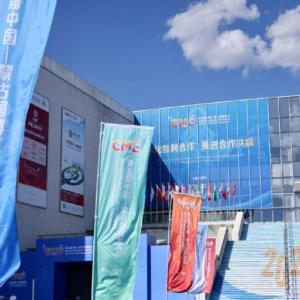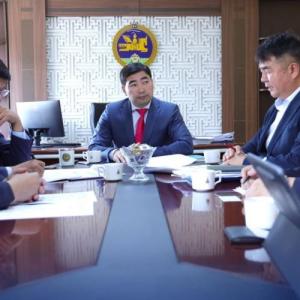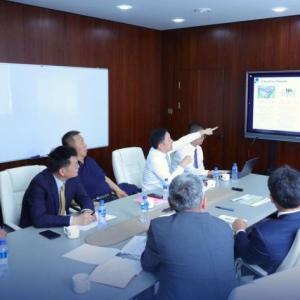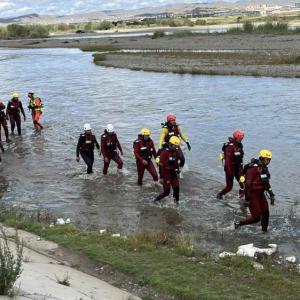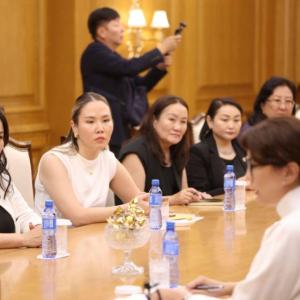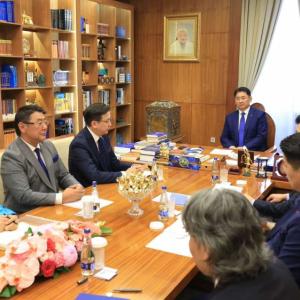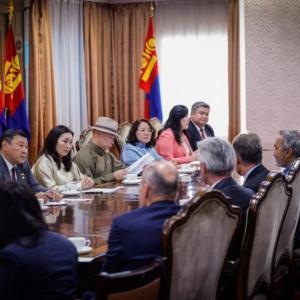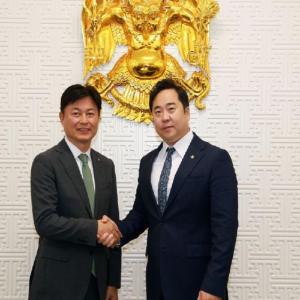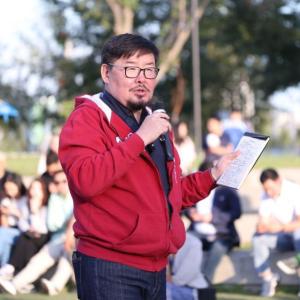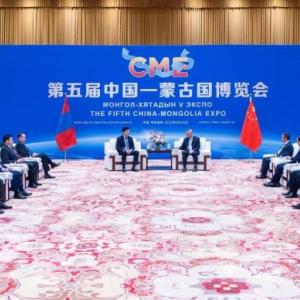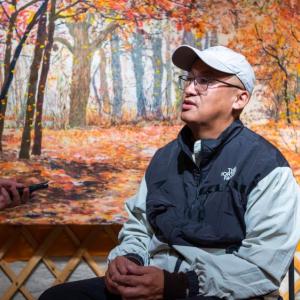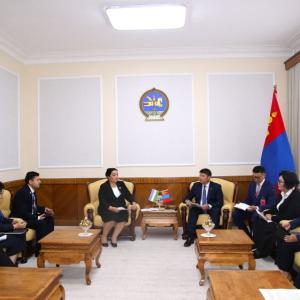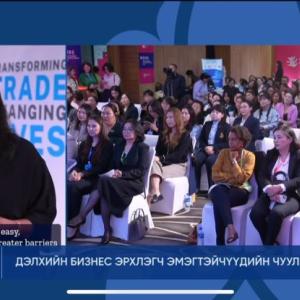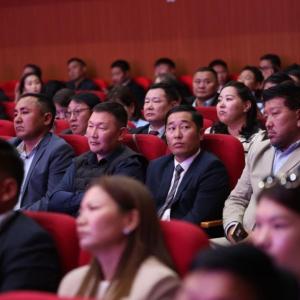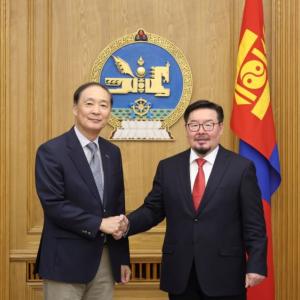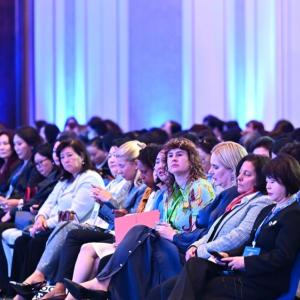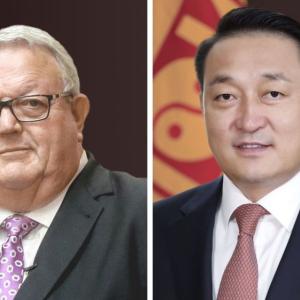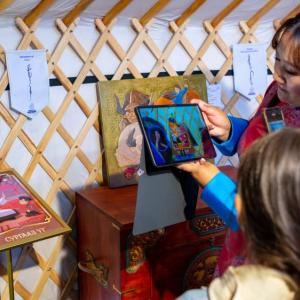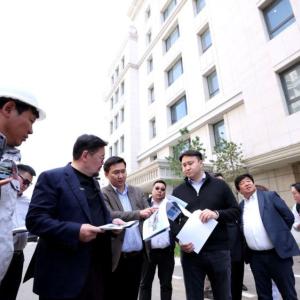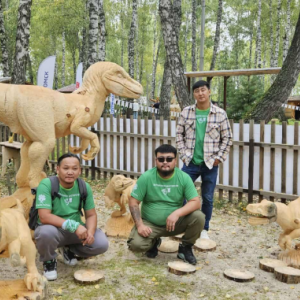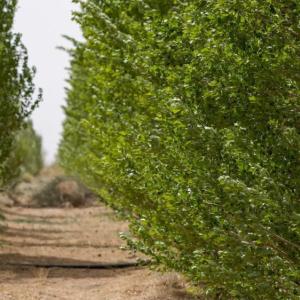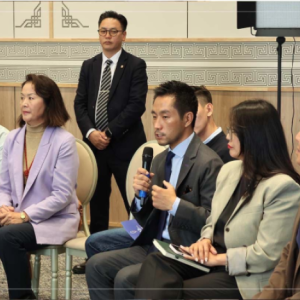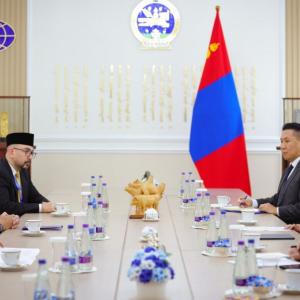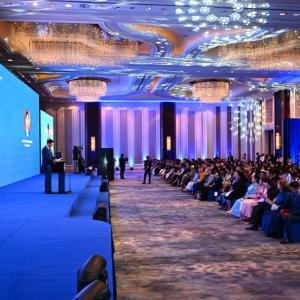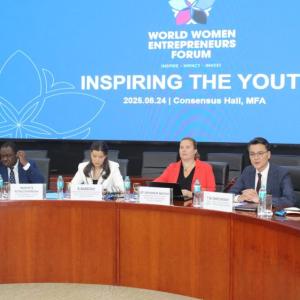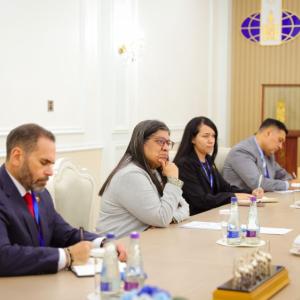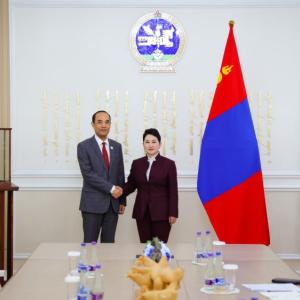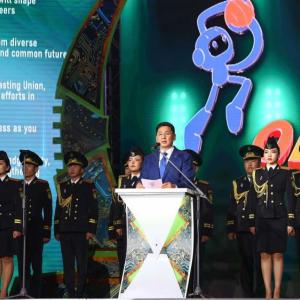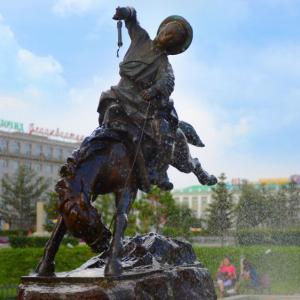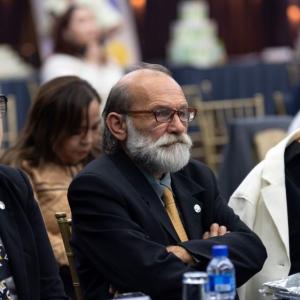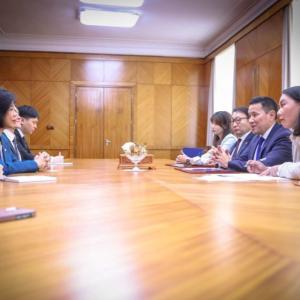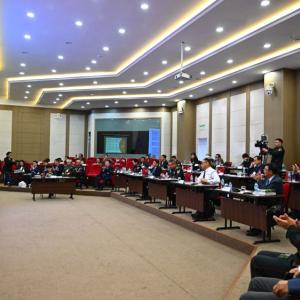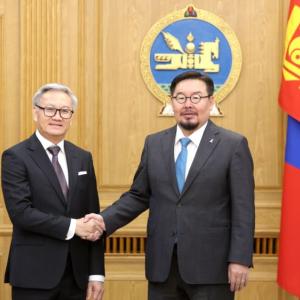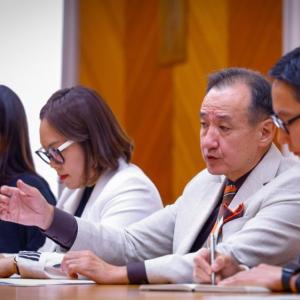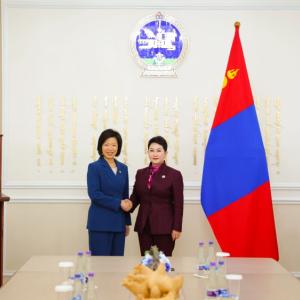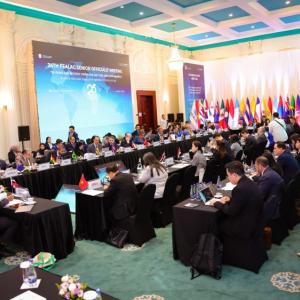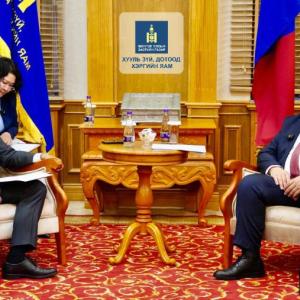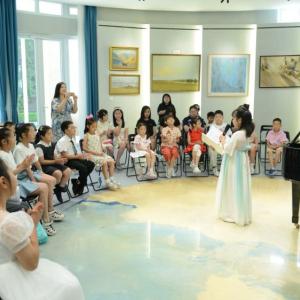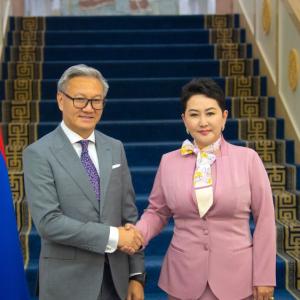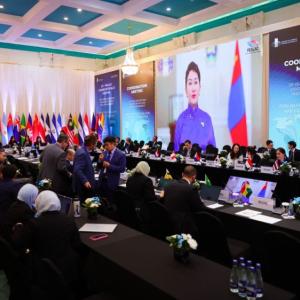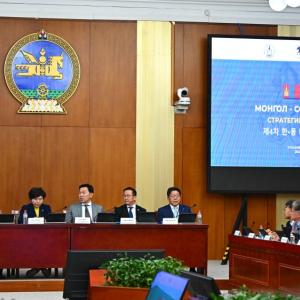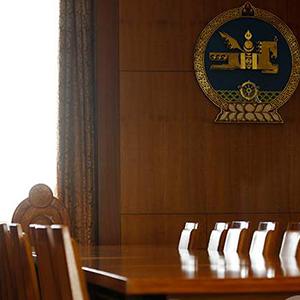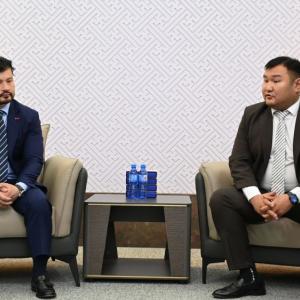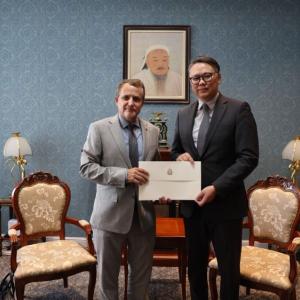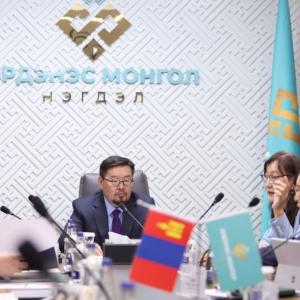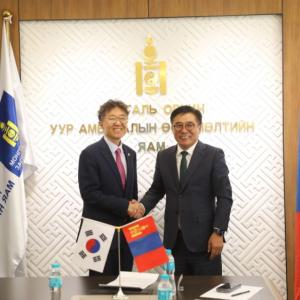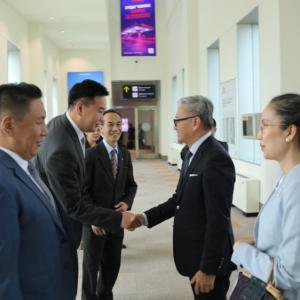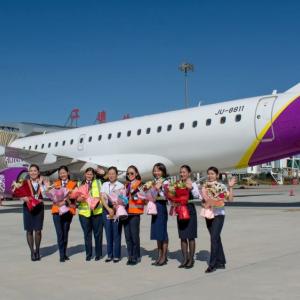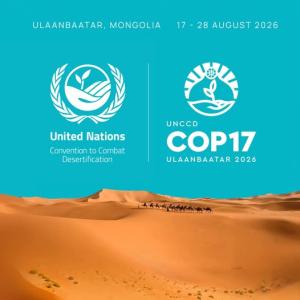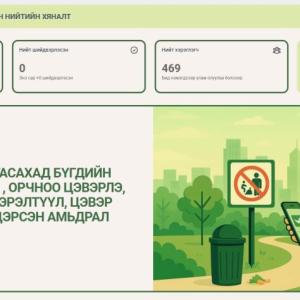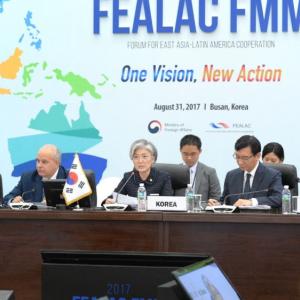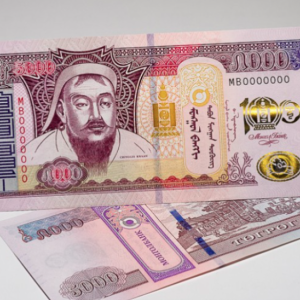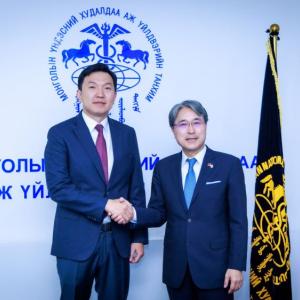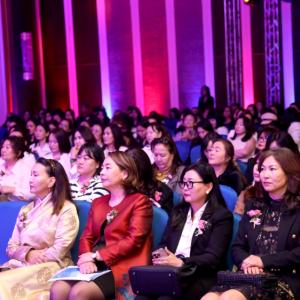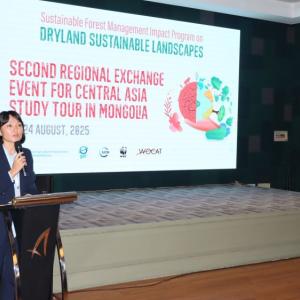Engaging stakeholders in Environmental Conservation Project presents highlights
SocietyUlaanbaatar /MONTSAME/ The end of August will mark the end of the second phase of the Engaging Stakeholders in Environmental Conservation Project (ESEC II). In the past three years, the project has brought together the main stakeholders in artisanal and small-scale mining (ASM) environmental management.
It was published on Tuesday on the the Swiss Agency for Development and Cooperation’s (SDC) website.
It has aimed to integrate best ASM environmental practices and supports the inclusion of formalized ASM contributions to local sustainable development. In order achieve this, the project introduced integrated and inclusive environmental management practices through Local Multi-stakeholder Councils (LMCs) and soum governments.
Thorough such collaboration, the project introduced several practical tools to foster cooperation between artisanal miners, local government and communities, and resolve ASM environmental challenges.
Frugal rehabilitation methodology as a unique solution
Based on the experiences and results of the 17 frugal rehabilitation demonstration (FRD) projects implemented throughout 2014-2015, ESEC II developed a frugal rehabilitation methodology (FRM) that enables ASM rehabilitation approaches that are economically affordable, socially acceptable and ecologically viable, with benefits for both ASM communities and affected stakeholders.
The FRM is now a formal attachment to the revised ASM Regulation 308, which has yet to be passed by the government. The methodology provides a comprehensive description of the rehabilitation of land degraded by ASM and includes a Monitoring Checklist to be used by artisanal miners and by local environmental inspectors during the signing off stage of rehabilitated land to be handed over to local governments.
In addition, the methodology handbook includes a template for ASM-led Rehabilitation Action Plans.
The development of the FRM is supported by a FRD Cases Studies Handbook which documents in detail the 17 FRD projects undertaken during 2014-2015, providing specific advice on the implementation of the methodology across a variety of ecological regions in Mongolia.
Local collaboration between projects, local governments, artisanal miners and stakeholders demonstrated a working model for frugal rehabilitation that can be replicated elsewhere in the future.
With frugal rehabilitation demonstrated and publicly profiled as environmental best practice, The Asia Foundation entered into 13 co-financed (matched funding) agreements with local governments at the aimag and soum levels, with formalized ASM NGOs taking the lead on frugal rehabilitation at priority sites identified by local governments.
This was seen as a crucial transition, with governments willing to finance frugal rehabilitation on abandoned ASM land beyond the life of the ESEC II Project.
Establishing soum-level Environmental Management Plans (EMPs)
With the aim of cultivating sustainable use of natural resources by engaging all relevant stakeholders at different levels, ESEC II implemented a second round of training and development on soum-level Environmental Management Plan (EMPs). At present, of the 21 project target soums, 13 have EMPs that have been approved by local Citizens’ Representative Khurals.
The EMPs are innovative and collaborative community LMC-based contributions to soum environmental planning, and provide a mechanism for inclusive stakeholder mapping and land-use impact assessment in the management of a soum’s natural resources.
From 2013-2016, the project has facilitated the establishment of 39 LMCs comprised of local governments, large and small-scale mining representatives, civil society and local communities. Through the LMCs, stakeholders are able to make informed decisions and work towards positive social, economic and environmental changes at the local level.
ASM Rehabilitation Action Plan (RAP) – A tool for planning responsible ASM
Through the Responsible Mining Initiative, the ASM National Federation and Era Ecology NGOs, ESEC II supported the training, development and monitoring of ASM-led Rehabilitation Action Plans (RAPs).
The RAPs are planning documents that outline how the FRM should be developed and implemented. The RAPs enable ASM communities to demonstrate their environmental responsibility, contribute to soum-level EMPs, and support the securing of operational licenses and access to new land.
The RAPs are context-specific for three types of land rehabilitation: Historically degraded and abandoned land; active mine sites; and the implementation of FR at future mine sites.
Green Jobs Development for alternative ASM employment and FR resourcing
ESEC II has provided grant support for the establishment of indigenous plant and tree nurseries as an alternative income source for artisanal miners.
The species cultivated and stored at nurseries in Bayankhongor, Gurvantes (Umnugobi aimag) and Altai (Khovd aimag) are informed by the FRM and FRD Case Studies for the biological rehabilitation of land degraded by mining.
In addition to creating green jobs, the initiative fosters greater ASM environmental responsibility and provides resources for biological land rehabilitation at both ASM and large-scale mining sites and for other activities such as road construction.
Local governments can support such initiatives to bolster local conservation efforts and the achievement of sustainable development objectives.
In 2016, ESEC II completed the development and implementation of environmental toolkits that are designed to increase ASM and local communities’ capacity to better manage their natural resources.
Project’s closing
The ESEC II Project has been implemented by The Asia Foundation in partnership with the Ministry of Mining and with financial support from SDC.
The project’s success will enable its achievements to continue beyond the project period. To ensure sustainability, the ESEC II is delegating responsibility to government partner organizations such as Ministry of Mining, the Mineral Resources Authority of Mongolia, the General Agency for Specialized Inspection, and the Ministry of Environment, Green Development and Tourism.

 Ulaanbaatar
Ulaanbaatar
